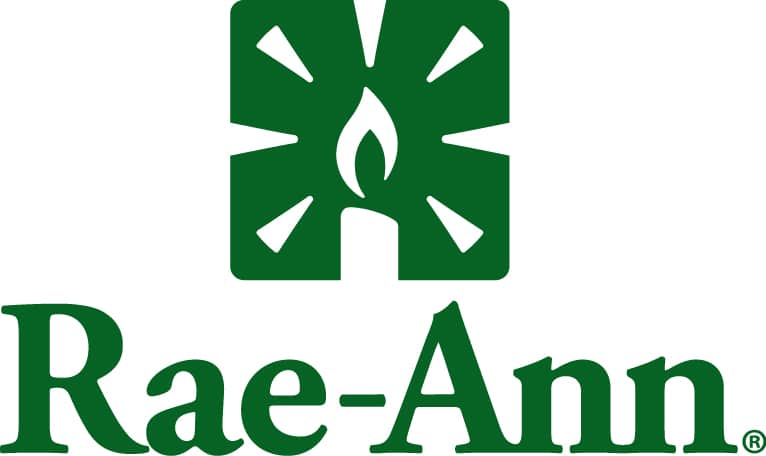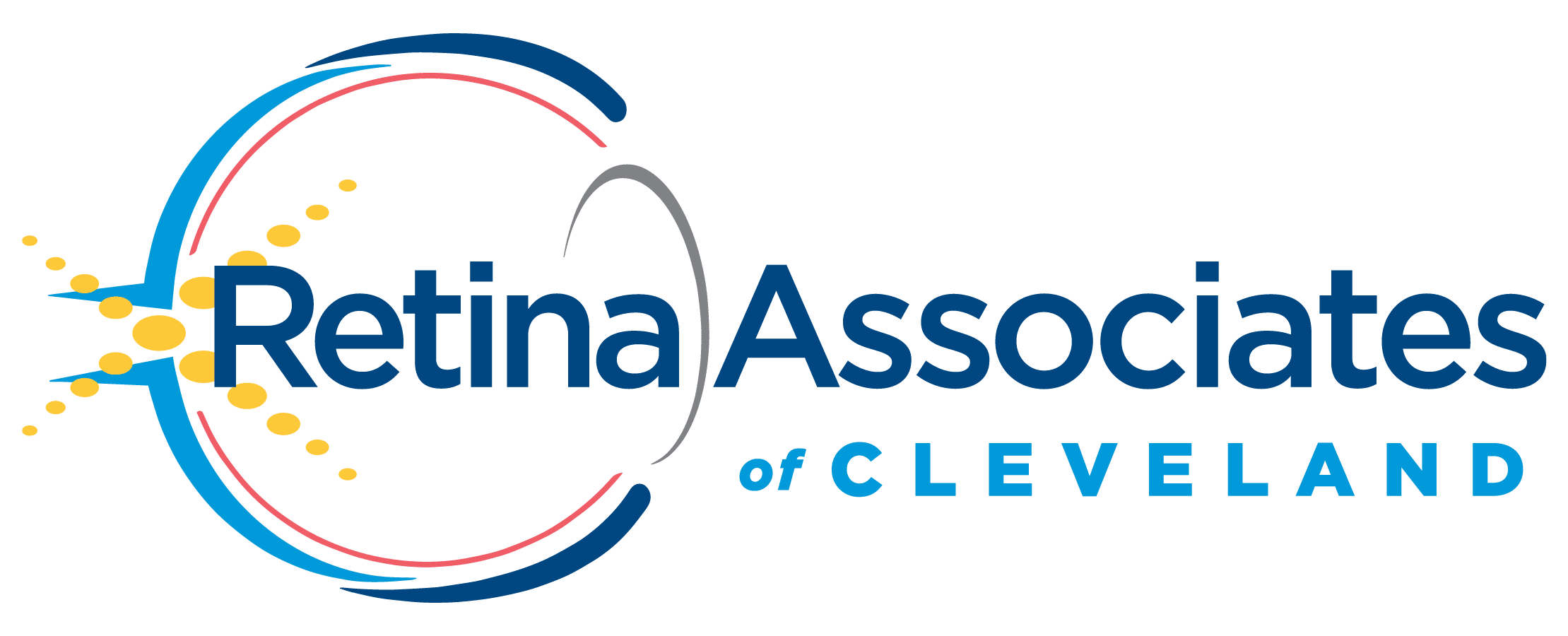Election at entity level allows for unrestricted federal deduction on Ohio taxes
Matthew D. Maker, CPA, MT, Director, Barnes Wendling CPAs
A.J. Volpe, Tax Specialist, Barnes Wendling CPAs
With the passage in June of Ohio Senate Bill 246 (Ohio Revised Code 5747.38) qualifying pass-through entities (PTE) can now elect to pay Ohio tax at the entity level versus the investor level.
Previously, investors in an Ohio PTE generally paid Ohio taxes at the investor level which allowed for the maximum $10,000 state and local tax deduction. With passage of this bill, the tax can be paid at the entity level, which allows for an unrestricted federal deduction on Ohio taxes.
SB 246 is considered a state and local tax (SALT) workaround, and Ohio is among nearly 30 other states to have passed such laws in response to the 2017 Tax Cuts and Jobs Act (TCJA), which limits state and local tax deductions to a maximum of $10,000 per taxpayer at the individual level.
Let’s illustrate SB 246 in action
- A PTE reports $1 million in Ohio taxable income.
- Assuming a 3% tax rate, the PTE would owe $30,000 in Ohio tax.
- Investors pay this tax on their personal returns, but TCJA limits the deduction to $10,000 at the federal level.
- SB 246 allows the entity to pay this tax at the entity level, reducing federal taxable income by $30,000, realizing a $20,000 deduction.
- Assuming a 37% federal tax rate, this equates to $7,400 of additional tax savings on the investor’s personal tax return.
Important details of this bill include
- The tax rate at the PTE level is 5% for 2022 and conforms to Ohio business income rates (3%) for 2023 and beyond. The election to be taxed at the entity level is made annually by the entity, is binding for all owners, and irrevocable.
- Disregarded entities, such as entities reported on a Schedule C, page 1 of Schedule E, and Schedule F, may not elect.
- Filing the IT 4738 meets Ohio filing requirements for the entity’s non-resident and trust investors unless they have other Ohio sourced income.
- Owners who file an Ohio individual income tax return (IT 1040) must add back the tax amounts paid on the IT 4738 to the extent not included in computing federal or Ohio adjusted gross income using the Ohio Schedule of Adjustments, line 2.
- A refundable credit for the proportionate share of the tax paid on the IT 4738 is available for owners who file an IT 1040 using the Ohio Schedule of Credits, Pass-through entity credit line.
How to make this election
The election can be made by filing Form IT 4738, due April 18, 2023. This form is currently in development and will be shared on Ohio’s website as it becomes available.
Estimated tax payments
Currently, there is no estimated payment coupon (UPC) available for the 4738. It is recommended to use the IT 1140 UPC, and any estimated payments made via this UPC can be transferred and applied to the 4738 when the return is filed.
Note that the due dates for estimates are the same as IT 1140 (4/15, 7/15, 10/15, 1/15), which are slightly different than the individual estimated due dates (4/15, 6/15, 9/15, 1/15).
As the third quarter is the first quarter Ohio is offering qualifying PTEs the ability to pay estimates, it is currently unclear how Ohio will treat any underpayment related to the first two quarters of 2022. Ohio may ultimately waive interest and penalties for the first two quarters but may require 75% of the expected tax to be paid by the third quarter due date of October 15th.
Additionally, Ohio has not provided guidance regarding the possible transfer of investor’s first and second quarter tax payments being transferred to the 4738, however it seems unlikely this will be an option.
Conclusion
With the passage of SB 246, Ohio continues its attempt to remain competitive with other states that have enacted similar SALT workarounds, which results in a win for Ohio taxpayers.
Careful consideration is needed to determine if an election to be taxed at the entity level is right for your pass-through business. Determining the timing and amount of estimated tax payments, especially in the PTE tax’s initial year, may also be critical to controlling cash flow.
There may also be additional planning regarding entity selection in order to maximize the benefits of SB 246.
Additional updates will be available on the Ohio Department of Taxation website.
Let us help you with your tax planning. Contact us for more information.
Related Insights
Featured Post

Featured Client Testimonials
BW is a true partner to us. Their knowledge, expertise, and service are a valuable resource to us and play an important role in our success!
John Allen - Vice President of Finance, Kaufman Container

Featured Client Testimonials
I appreciate the exceptional tax advice we received over the years. The (BW team) has a good grasp of our business needs. Thank you for your excellent service.
John Griffiths - Owner, Rae Ann, Inc.

Featured Client Testimonials
The BW team has been fantastic to work with; both the team member at our office as well as at the partner level. Any issues or concerns are handled very efficiently and effectively.
Kelley Needham - Chief Executive Officer, Epilepsy Association

Featured Client Testimonials
Barnes Wendling has been our company accountants for over seven years. Their knowledge has been instrumental in helping us grow strategically during this time. And although we’ve seen many changes in our economy that we cannot control, we’ve always been able to trust the Barnes team to be by our side. The Barnes team feels like family. We can’t thank them enough for their support!
Christine Kloss - Controller, AT&F

Featured Client Testimonials
Barnes Wendling has been our company accountants for over 15 years. During this time, the business has grown exceptionally, and Barnes has kept pace, providing accurate, quality advice. Our finances are more efficient than ever, and the expense of hiring Barnes has been a definite positive add to our bottom line. I give my highest recommendation to their firm.
David Miller, MD - President, Retina Associates of Cleveland

Featured Client Testimonials
Barnes Wendling has provided us guidance and recommendations that have strategically helped strengthen our business and position ourselves for growth. We needed to hire a new VP of Finance and Controller this past year, and they were instrumental in helping us find the best candidates for our company.
Sara Blankenship - President, Kaufman Container

Featured Client Testimonials
We value the trust, accuracy of information, and reliability of Barnes Wendling and Mike Essenmacher personally. Mike has been instrumental as a trusted advisor on accounting, tax, and personnel issues. His advice is always accurate, and he is very reliable. His associates are also very talented.
Dominic Ozanne - President and CEO, Ozanne Construction Company

Featured Client Testimonials
We value Barnes Wendling’s expertise with all things accounting so we can operate our business using our strengths and allowing them to be our experts. They have also brought me a few business sale opportunities to allow me to grow my assets.
John Gaydosh - President and Metallurgical Engineer, Ohio Metallurgical Service

Featured Client Testimonials
Barnes Wendling (especially Lena) did a great job with our financials. Everything. It is extremely refreshing and comforting to know that all of our numbers are not only correct, but they are in the right place(s). Your diligence and reporting truly does make me (personally) feel better.
Thomas Adomaitis - Controller, Bialosky Cleveland

Featured Client Testimonials
I can wholeheartedly tell you that I have yet to work with an audit or tax team that have been more helpful, easy to work with, and committed than the team at Barnes Wendling- I have been through three different firms in the last few years.
Michelle Saylor, Former Controller, Aero Mag

Featured Client Testimonials
Floyd Trouten at Barnes Wendling CPAs is an “expert’s expert” when it comes to M & A accounting. Not only does he understand the evolving details of the Tax Code but he also sees the fine points of their application for owners, managers, investors, and financiers.
Mark A. Filippell, Western Reserve Partners

Featured Client Testimonials
The service is amazing at Barnes Wendling CPAs. The benefit is worth more than the cost. Sometimes it’s true that you get what you pay for.
Mark Boucher - Former Owner, Castle Heating & Air










